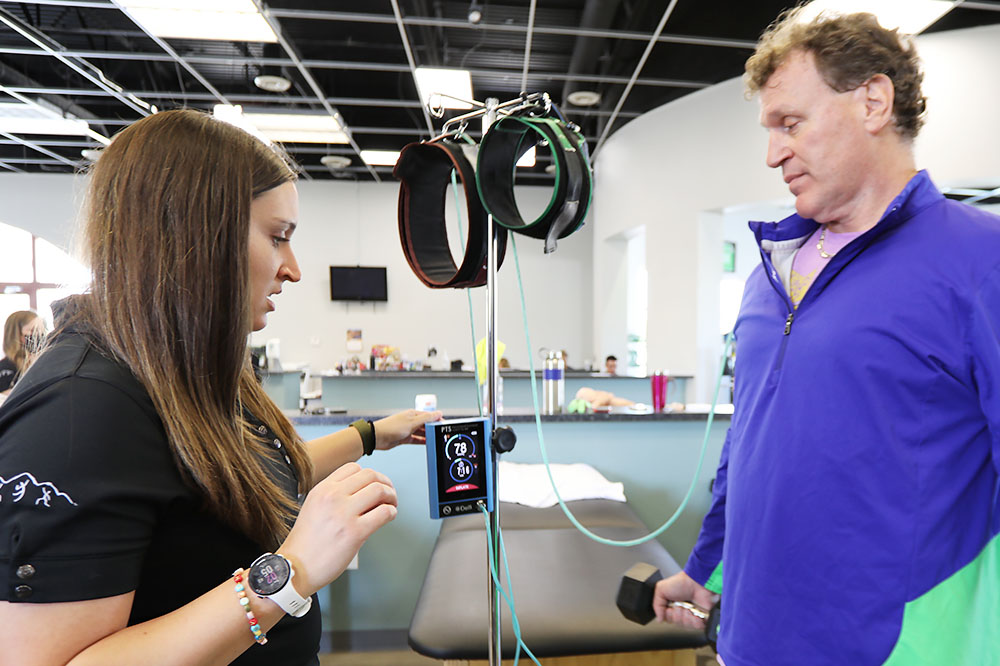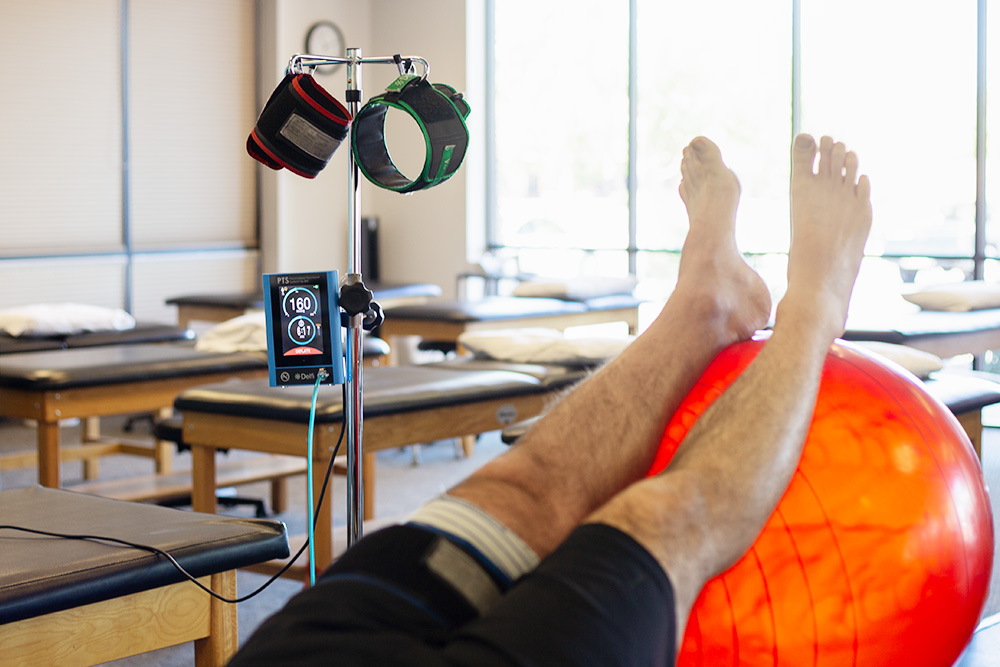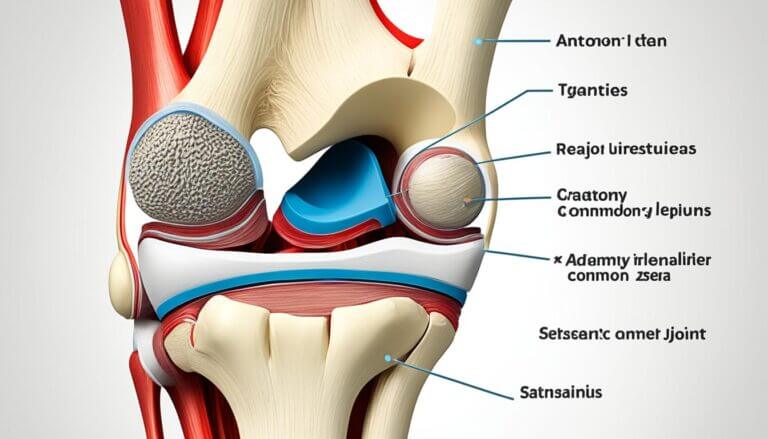Blood flow restriction therapy can speed your recovery
Whether you are an athlete looking to improve performance or recovering from an injury or surgery, Blood Flow Restriction Therapy (BFR) can be a game-changer for your life. BFR has been one of the major breakthroughs in the physical therapy industry, allowing physical therapists to alleviate atrophy and muscle weakness and achieve strength gains while minimizing joint stress. With BFR, physiotherapists can improve patient outcomes and unlock new possibilities.
What is blood flow restriction therapy (BFR)?
Blood flow restriction therapy, also called occlusion training, uses a device such as a cuff or wrap and places it around an arm or leg to stop partial blood flow to the affected area. Blood flow is restricted by restricting arterial flow and venous return. Restricting blood flow creates higher levels of metabolic stress. Metabolic stress and mechanical strain are associated with increased muscle growth. Exercises can be performed with low-load resistance training and achieve the same (if not better results) as traditional strength training.
Benefits of blood flow restriction therapy
1. Increases muscle growth and strength
One of the biggest challenges after an injury or surgery is regaining muscle mass and strength. Women have a greater challenge than men in recovering muscle function after injury or surgery. Healthy men naturally have high levels of muscle-building testosterone and growth hormone to restore muscle mass, while women have less of both. After surgery, losing muscle size lasts about three days without use. The muscle shuts down due to the stress of a surgical process or injury. Myostatin, the hormone that muscle cells produce, inhibits muscle rebuilding and promotes scar tissue to limit growth.

2. Speeds up recovery
Occlusion training allows patients to achieve their goals in fewer sessions because it can produce similar results to traditional high-load training with lighter weights.
3. Restores muscle function
Rehabilitation with BFR can help minimize muscle and strength loss during immobilization or injury. In addition, it can aid in postoperative recovery and the recovery of muscle function.
4. Improves cardiovascular health
Blood flow restriction training can affect your cardiovascular system similar to traditional aerobic exercise. It can potentially improve important measures of cardiovascular health, such as VO2 max (a measure of aerobic fitness) and endothelial function (the health of your blood vessels).

Common conditions BFR Physiotherapy treats
- Osteoarthritis (OA): According to studies in the Strength and Conditioning Journal, BFR may help improve OA muscle function and aid in pain management, leading to better overall function and quality of life. Overall, BFR can improve joint health.
- Sports injuries: BFR treats muscle strains, ligament sprains or tendonitis
- Postoperative conditions: BFR treats ACL, fractures, Achilles tendon, rotator cuff repairs, joint replacements, etc.
- Chronic conditions: BFR treats common cardiovascular diseases such as COPD and high blood pressure, which affect more than millions of people.
- Muscle weakness: BFR addresses atrophy due to various causes, such as disuse, immobilization or neurological disorders.
- Edema (inflammation and swelling): BFR stimulates fluid mobilization and improves circulation in the affected area. This may especially benefit patients with acute or chronic swelling conditions, such as postoperative or post-traumatic cases.
BFR assessment in physiotherapy
Patients are assessed for the appropriate level of bladder flow restriction. Physiotherapists can use a specialized Doppler, which determines when complete occlusion of blood flow has been achieved. Additionally, a personalized treatment plan and exercise program are designed to ensure the most effective results.
Is blood flow restriction therapy safe?
Many patients are initially concerned about the safety of BFR. Blow Flow Restriction Therapy is safe for post-surgical patients, athletes, seniors and anyone who wants to accelerate effective strengthening results. Therefore, we recommend the use of blood flow restrictions under the guidance of a physiotherapist, as the exact occlusion pressure will be assessed in each patient.

Risks and side effects
At Foothills we are often asked, “Does BFR cause blood clots?” BFR should not impede overall circulation or increase the risk of blood clots. Many case studies have concluded that BFR can release anticoagulant hormones when the cuff is released.
Blood flow restriction therapy is not recommended for patients with uncontrolled high blood pressure. However, if you have uncontrolled high blood pressure or a cardiovascular condition, it is critical to consult a physical therapist or your doctor before considering BFR training. Additionally, they can assess your specific medical situation, evaluate potential risks, and provide personalized advice on whether BFR is right for you.
It is always important to prioritize your health and consult a physiotherapist who specializes in BFR for personalized guidance. If you’re curious if BFR is right for you, schedule a FREE assessment near a Foothills location! We’ve enjoyed helping people from all walks of life return to the sports and activities they love. We look forward to introducing you to the BFR training world and witnessing its incredible impact on your fitness and rehabilitation goals.







